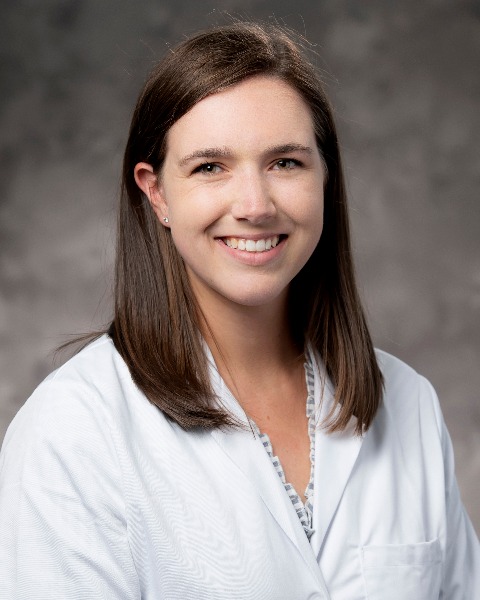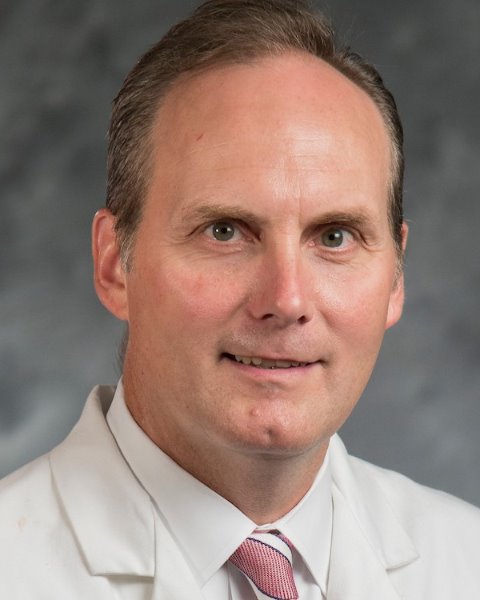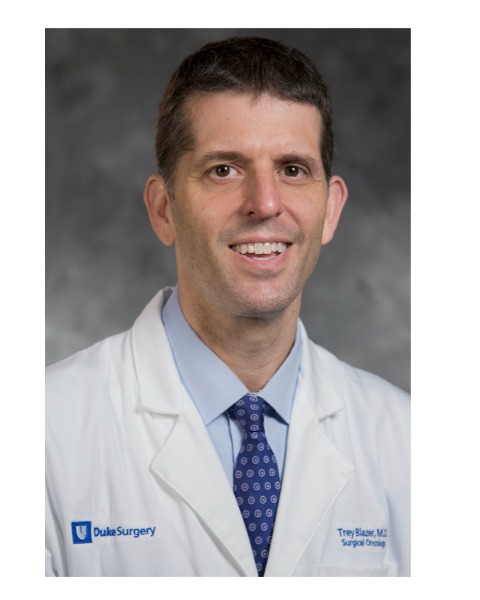Disparities in Surgical Oncologic Care
E159: Fragmented Care in Stage II and III Gastric and Esophageal Cancer

Austin M. Eckhoff, MD
General Surgery Resident
Duke University Medical Center
Durham, North Carolina, United States
Austin M. Eckhoff, MD
General Surgery Resident
Duke University Medical Center
Durham, North Carolina, United States
Austin M. Eckhoff, MD
General Surgery Resident
Duke University Medical Center
Durham, North Carolina, United States
Kristen E. Rhodin, MD, MHS
General Surgery Resident
Duke University Medical Center
Durham, North Carolina, United States- JC
John Creasy, MD
Surgical Oncologist
The Oregon Clinic, United States - EK
Elishama Kanu, MD
Resident
Duke University, United States - CB
Caherine Beckhorn, BA
Medical Student
Duke University, United States - LS
Linda Sutton, MD
Professor of Medicine
Duke University, United States - DN
Daniel P. Nussbaum, MD
Assistant Professor of Surgery
Duke University Medical Center, United States 
Peter J. Allen, MD
Professor of Surgery
Duke University Medical Center
Durham, NC, United States
Dan G. Blazer, III, MD
Associate Professor of Surgery
Duke University Medical Center
Durham, North Carolina, United States
ePoster Abstract Author(s)
Submitter(s)
Author(s)
Locally advanced gastric and esophageal cancer requires multidisciplinary care that is often not available in the community setting. As a result, care may be fragmented, with patients undergoing treatment at multiple healthcare facilities. We aimed to determine patterns of fragmented care and its impact on outcomes within our own extensive cancer network.
Methods: Patients with clinical stage II/III gastric and esophageal adenocarcinoma who received chemotherapy with or without radiation and surgery between 2015-2020 within the Duke Cancer Network (DCN) were retrospectively identified. Patients were stratified based on whether surgery and chemotherapy were performed at one versus multiple facilities (termed “coordinated” and “fragmented” care, respectively). Survival was compared using Kaplan-Meier and Cox Proportional Hazards methods.
Results:
Overall, 179 patients met study criteria: 88 (49%) received coordinated care and 91 (51%) received fragmented care. Demographics including age, gender, race, Charlson Comorbidity Index, ECOG performance status, and insurance status did not differ between coordinated verses fragmented cohorts. Although there was no significant difference between cohorts in time from diagnosis to surgery or radiotherapy completion rates, there was a trend towards lower neoadjuvant chemotherapy completion rates in patients who received fragmented care (p=0.06). Median recurrence-free survival (RFS) and overall survival (OS) for the entire cohort was 33.6 months (95% CI, 20.3-NR) and 38.4 months (95% CI, 27-55.3), respectively. Although not statistically significant, there was a trend towards greater OS in patients who received coordinated care than fragmented care (p=0.09). RFS did not differ between coordinated and fragmented care (p=0.19). Patients who received surgery at Duke or one of its satellite campuses had greater OS than patient who received surgery at another institution (p=0.04); RFS did not differ by surgery location (p=0.41). Neither OS nor RFS differed by location of chemotherapy.
Conclusions: Within our extensive cancer network, we found that coordinated care trended towards greater OS than fragmented care. Additionally, receiving surgery at our university hospital or its satellites resulted in greater OS while survival did not differ by location of chemotherapy. This suggests that surgery at a high-volume cancer center improves survival and may overcome the disparity of fragmented care.
Learning Objectives:
- To define fragmented care and identify how this affects patients with cancer diagnoses that necessitate multidisciplinary care
- To identify patient demographic factors associated with fragmented care
- To describe best practices and protective measures within a cancer network to mitigate the effects of fragmented care
